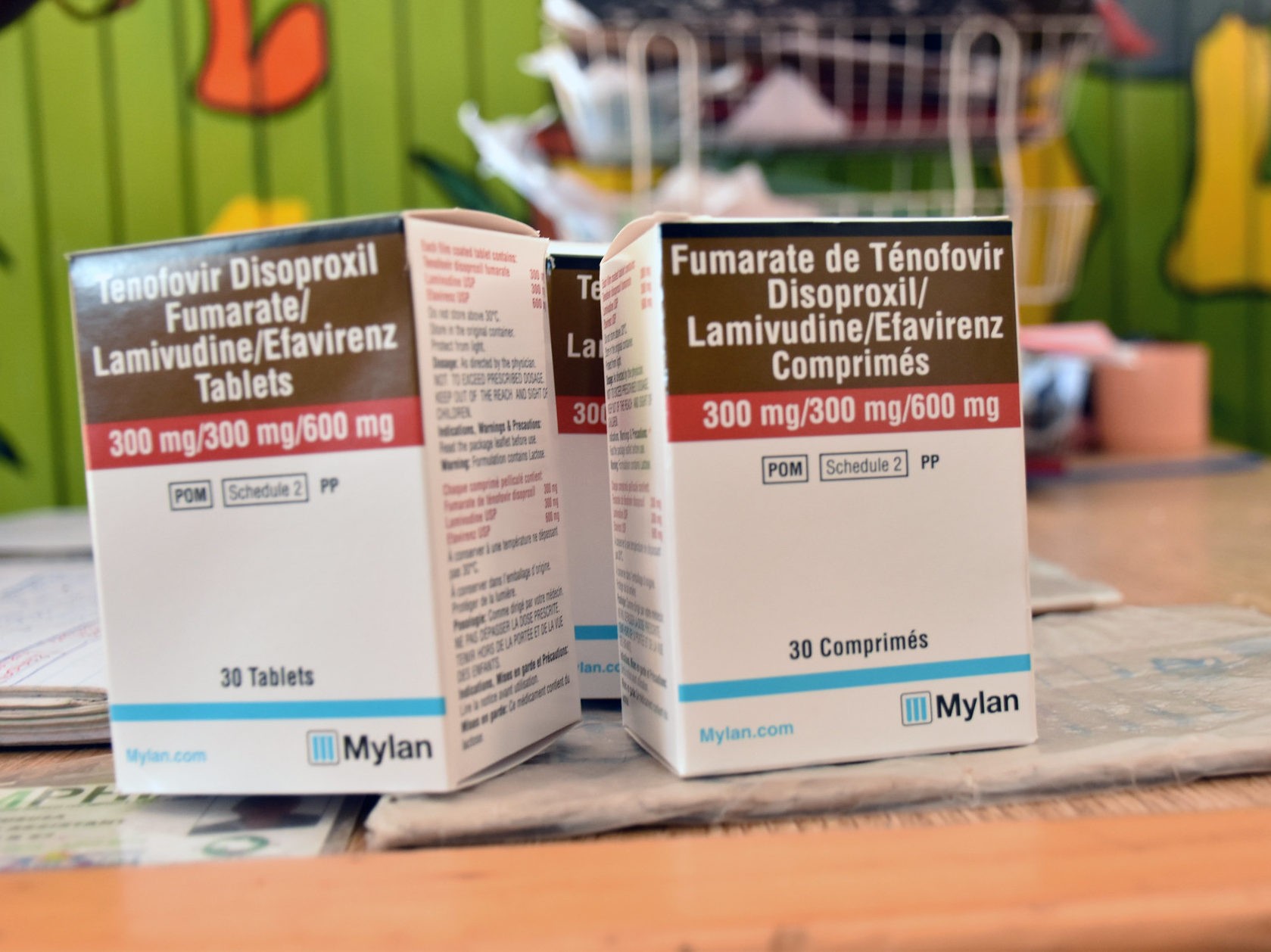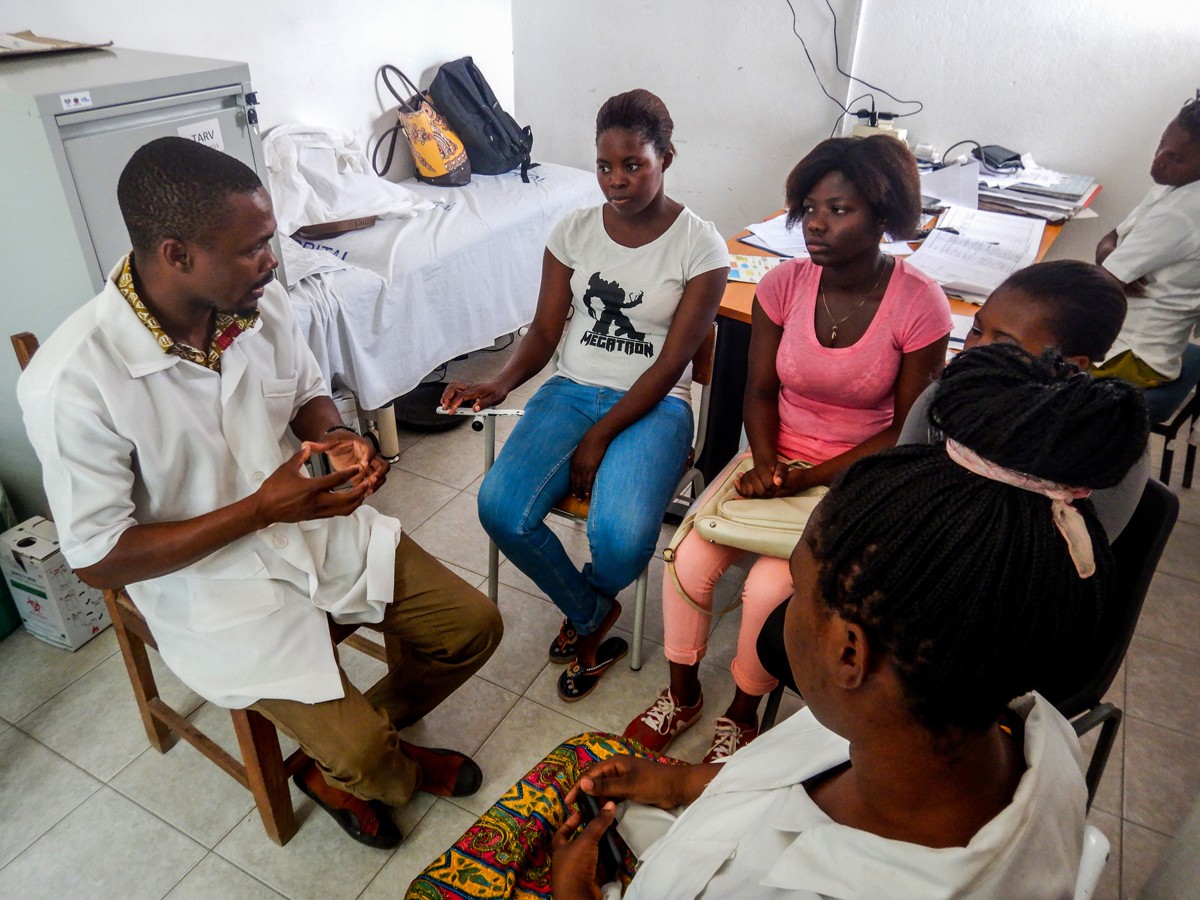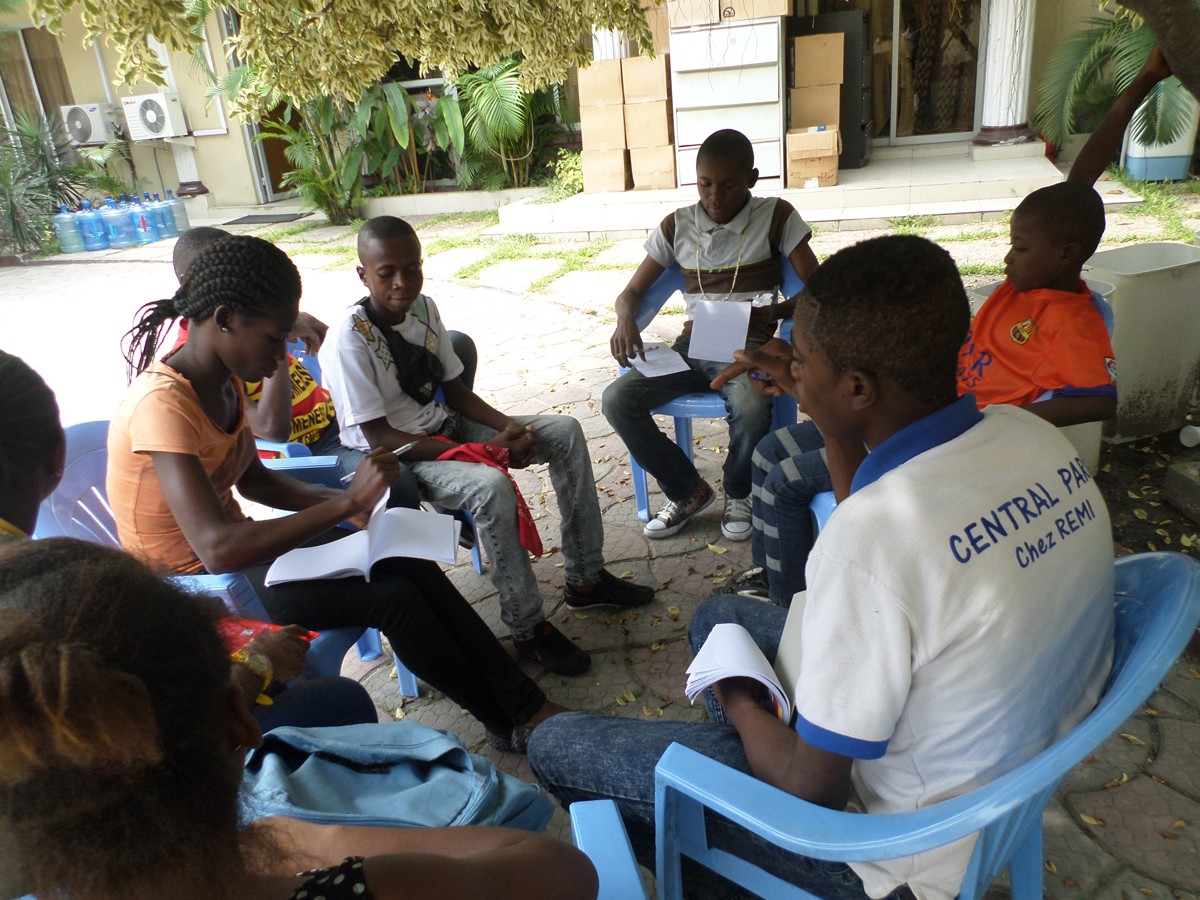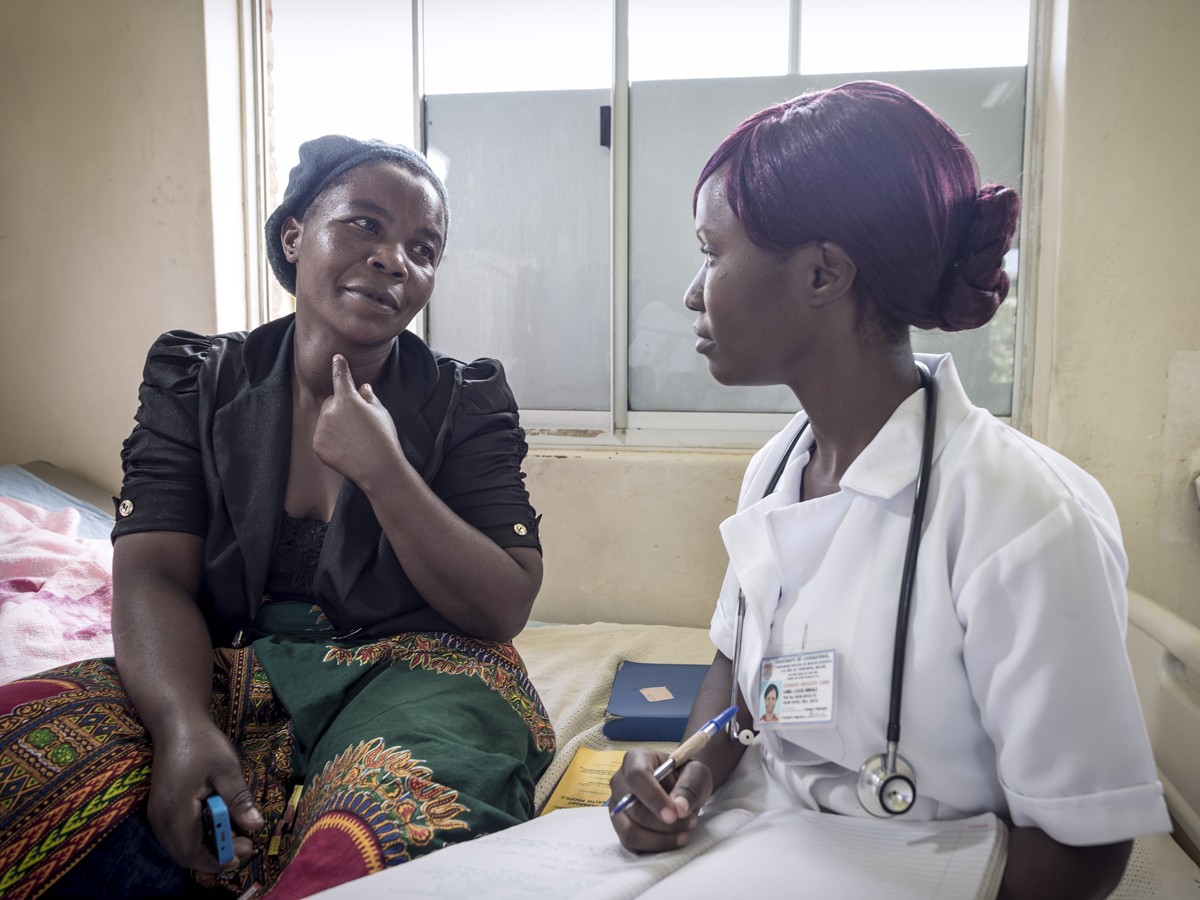Rabkin M, Strauss M, Mantell JE, Mapingure M, Masvawure TB, Lamb MR, et al. (2020) Optimizing differentiated treatment models for people living with HIV in urban Zimbabwe: Findings from a mixed methods study. PLoS ONE 15(1): e0228148. https://doi.org/10.1371/journal.pone.0228148
Introduction
Zimbabwe is scaling up HIV differentiated service delivery (DSD) to improve treatment outcomes and health system efficiencies. Shifting stable patients into less-intensive DSD models is a high priority in order to accommodate the large numbers of newly-diagnosed people living with HIV (PLHIV) needing treatment and to provide healthcare workers with the time and space needed to treat people with advanced HIV disease. DSD is also seen as a way to improve service quality and enhance retention in care. National guidelines support five differentiated antiretroviral treatment models (DART) for stable HIV-positive adults, but little is known about patient preferences, a critical element needed to guide DART scale-up and ensure person-centered care. We designed a mixed-methods study to explore treatment preferences of PLHIV in urban Zimbabwe.
Methods
The study was conducted in Harare, and included 35 health care worker (HCW) key informant interviews (KII); 8 focus group discussions (FGD) with 54 PLHIV; a discrete choice experiment (DCE) in which 500 adult DART-eligible PLHIV selected their preferences for health facility (HF) vs. community location, individual vs. group meetings, provider cadre and attitude, clinic operation times, visit frequency, visit duration and cost to patient; and a survey with the 500 DCE participants exploring DART knowledge and preferences.
Results
Patient preferences were consistent in the FGDs, DCE and survey. Participants strongly
preferred respectful HCWs, HF-based services, individual DART models, and less costly
services. Patients also preferred less frequent visits and shorter wait times. They were indifferent to variations in HCW cadre and distances from home to HF. These preferences were mostly homogenous, with only minor differences between male vs. female and older vs. younger patients. HCWs in the KII correctly characterized facility-based individual models as the one most favored by patients; HCWs also preferred this model, which they felt decongested HFs and reduced their workload.
Conclusions
DART-eligible PLHIV in Harare found it relatively easy to access HFs, and preferred attributes associated with facility-based individual models. Prioritizing these for scale-up in urban areas may be the most efficient way to sustain positive patient outcomes and increase health system performance.








